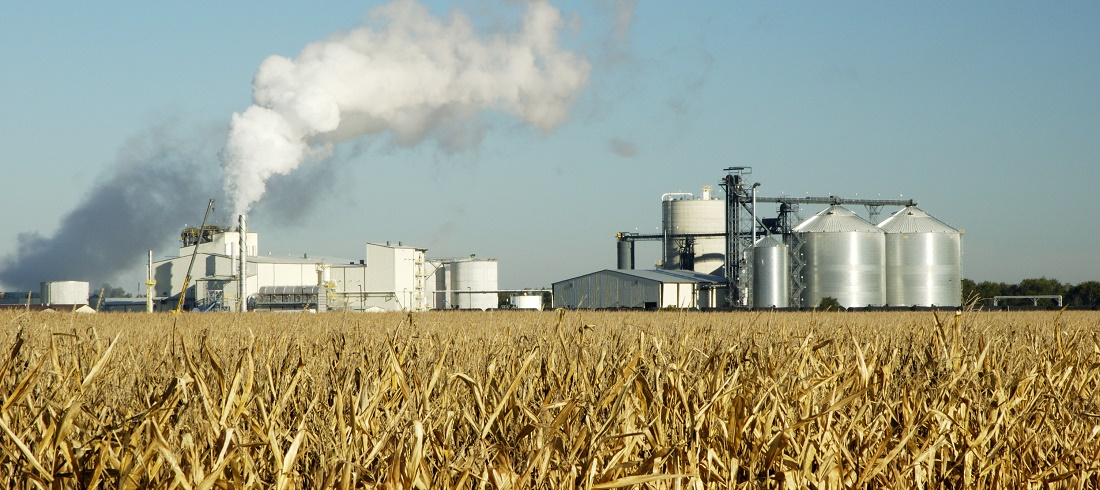
Brazil: corn ethanol producers bet on anhydrous production
Jan, 20, 2023 Posted by Gabriel MalheirosWeek 202303
Mills that process ethanol using corn have been switching their ethanol production to anhydrous (a gasoline additive) this market year. The move occurs because the substance (which competes with the fossil derivative) has lost competitiveness because of tax changes – and the mills that use the cereal do not have the option of using their assets to produce more sugar, as those that use sugarcane do.
Between the beginning of the MY 2022/23, in April, and December 2022, the volume of anhydrous ethanol production at corn ethanol plants grew by 17.1%. On the other hand, hydrous production fell by 8.6%.
In the season’s first month, the output reached 1.47 billion liters of anhydrous ethanol and 2.92 billion liters of hydrated ethanol. In December, anhydrous production totaled 1.72 billion liters, while hydrous production stood at 2.67 billion liters, according to data from the Mato Grosso Institute of Agricultural Economy (Imea) and publicized by the National Union of Corn Ethanol (Unem).
Although the fuel exemption has a more significant impact on mills that use corn as raw material, the production of ethanol from corn during the current sugarcane harvest off-season should still be greater than the volume produced during the peak of the sugarcane harvest. Unem estimates that, between November 2022 and March 2023, corn ethanol production will reach 372 million liters per month, above the 358 million liters per month produced between April and October.
Source: Valor Econômico
To read the full original reporting, please visit: https://valor.globo.com/agronegocios/noticia/2023/01/19/sem-a-alternativa-do-acar-usinas-de-etanol-de-milho-apostam-no-anidro.ghtml
-
May, 09, 2025
0
Brazilian Exports to China Still Concentrated in Commodities
-
Meat
Oct, 14, 2021
0
Brazil registers cases of swine flu in Ceará
-
Other Logistics
Nov, 03, 2021
0
Santos truck drivers go on strike
-
Shipping
Jul, 29, 2021
0
MSC to surpass Maersk as the world’s largest container line

